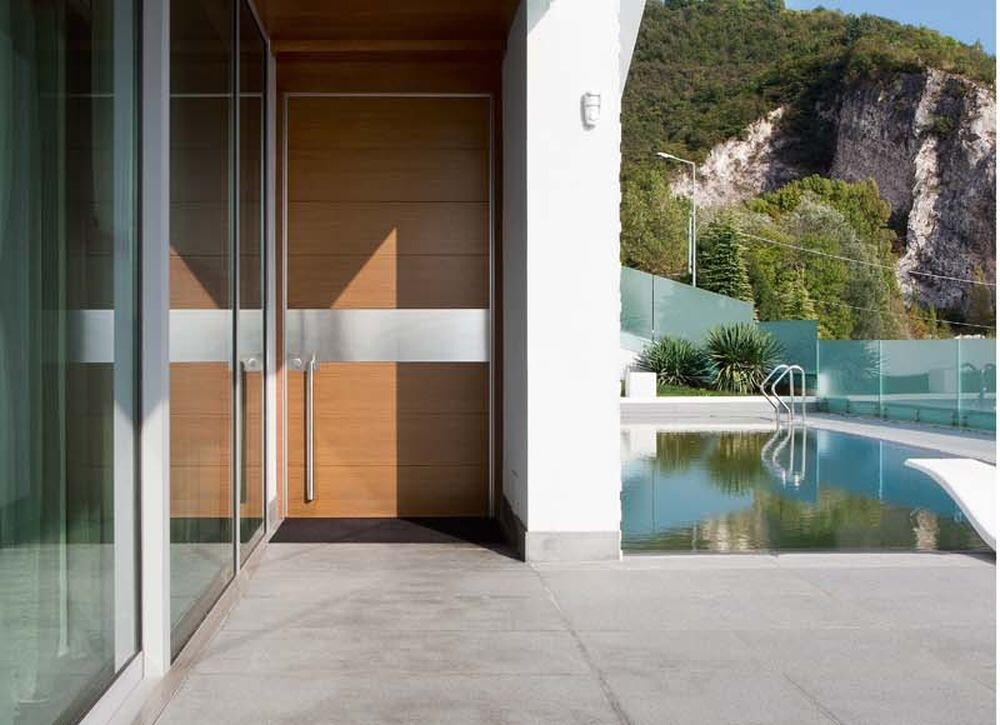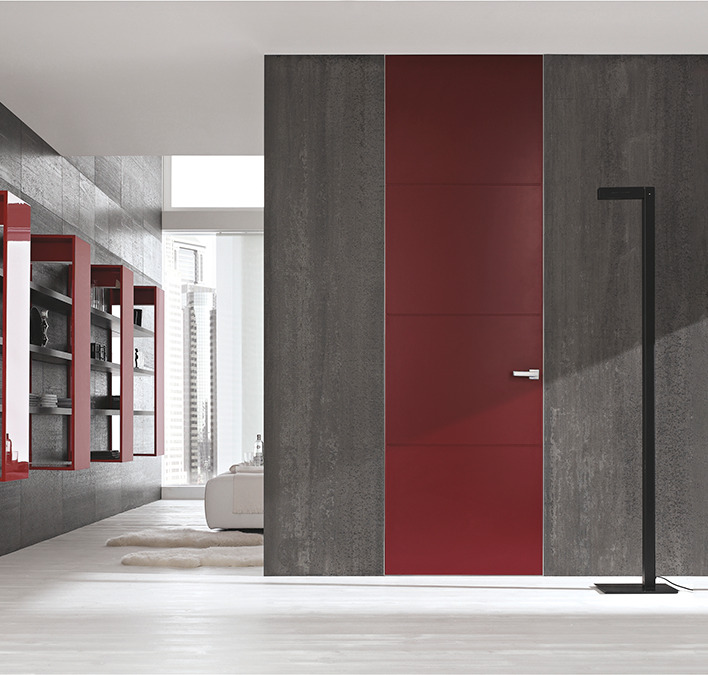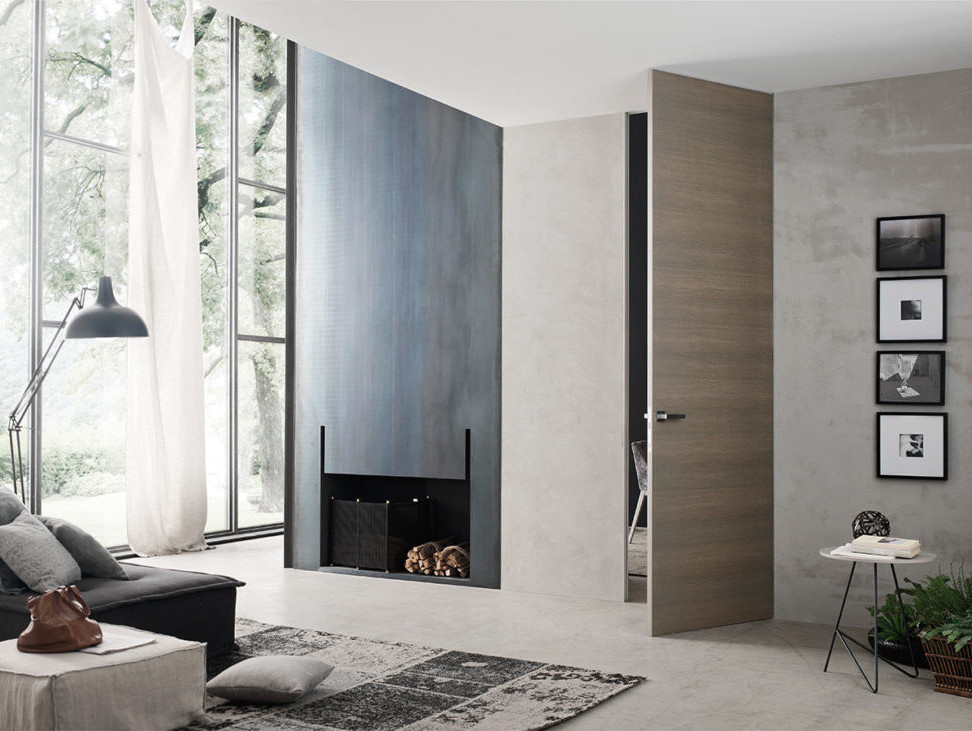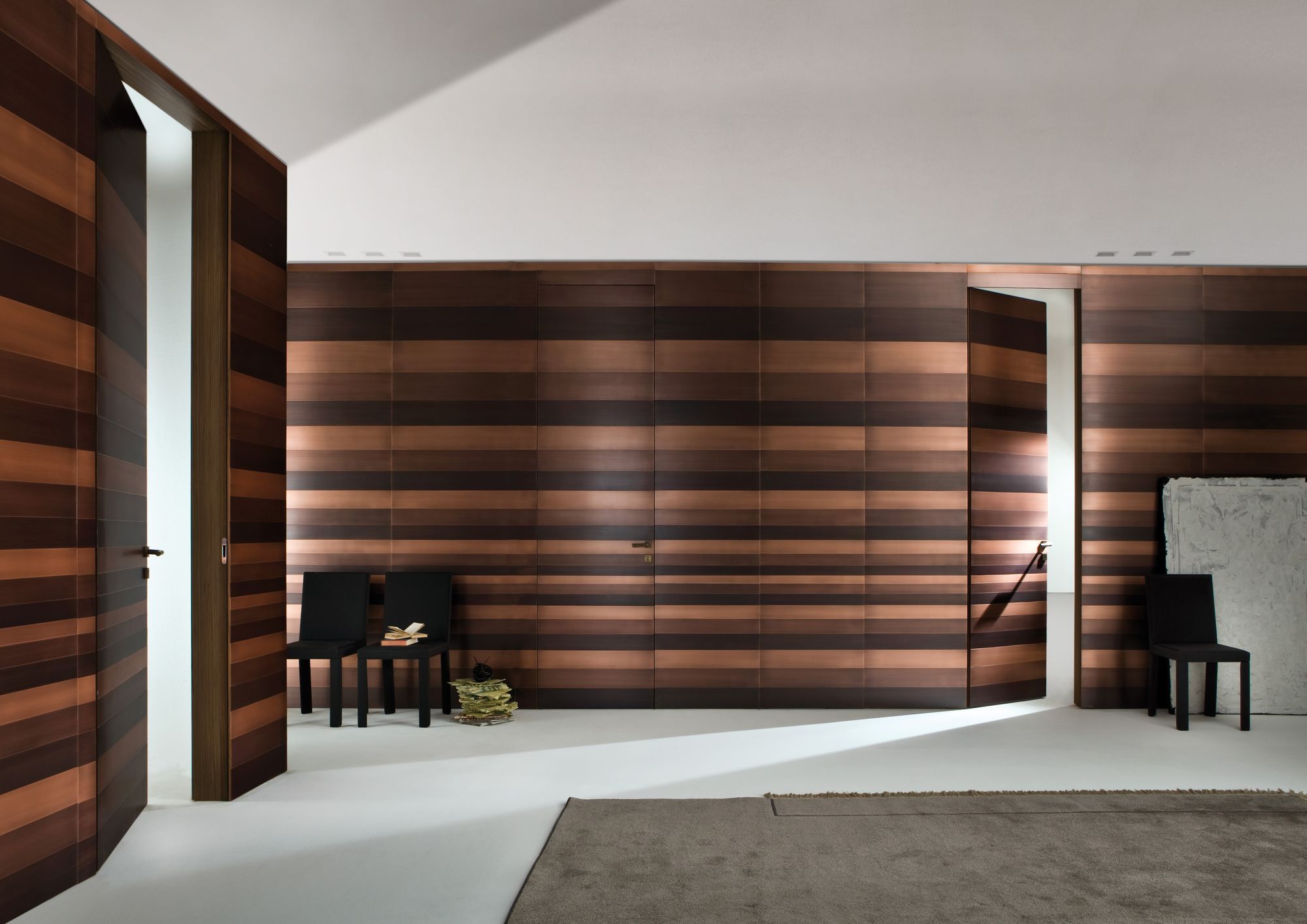During the 20th century, the doors were improved in terms of design and security systems. Beautiful locksmith items, i.e. handles and hinges, have also always been important aesthetic and security elements. Remember medieval castles, for example, compared to doors of modern times.
Today, there are also very durable and affordable fiberglass doors available. These doors are particularly suitable for areas with harsh climates, since with an energy-efficient core they help save on heating and cooling. Or steel, which can be decorated with enamel and paint by word. PVC doors are also of a more recent date, and in addition to energy efficiency, they also suit with a large selection of models.
The role of the door in the security of home of modern times
The development of doors also led to the appearance of security doors. Security doors appeared as an invention during the second half of the 20th century. Originally, this door had alarm systems and codes. Later it was supplemented with the function of directly activating the phone at the police station due to forced entry.
The evolution of the door was reflected not only in the materials used, energy efficiency, safety, and decoration. Also in the way it moves and the number of wings. In addition to the classic ones, with hinges on the left or right side, which open to the outside or inside, the doors can also be sliding. If they are significantly wider than usual, the hinges may not be placed on the side, but rather on the upper and lower edge.
This is the case with, for example, modern aluminum doors. The doors can be single-wing or double-wing, whereas the latter were much more present in the past. Thus, the materials have changed over time, and so has the design of the door.
Visual identity and the role of the door nowadays
In each historical period, the door has witnessed the time and way of life, never deviating from its primary roles. Following their evolutionary path, one can see how much the doors have influenced the change of architecture. Furthermore, the representation of the space in which people live.
The surfaces they occupy have changed along with the materials they were made of. The technique of processing and installation has been improved, styles, patterns, and shapes have changed. However, at all times, they have been and still are the visual identity of the exterior, starting from prehistoric to modernist buildings.
In the past, the entrance door to the household was a mirror of the status and property power of the host. For families of high social status, high and massive doors were characteristic. These doors were made of solid wood and coated with a special mixture of resin, which protects wood from pests.
Novelties of modern times in the production of doors
In the 20th century, the rule of wooden doors will continue most of the time. Of course, these are the doors with a stem and a handle made of brass or plastic, as we are all well acquainted with. In addition to all-wood doors, we also have several models in a wood-glass combination.
As the demand grew, the quantity of raw materials began to decrease, so it was necessary to produce a cheaper replacement. A solution was needed for all customers who wanted a door that would still be made of wood in some form. Still, without costing unreasonably much. Doors made of wood-derived panels such as veneer, hardboard, plywood, and MDF have become adequate.
These materials were of different quality and properties, so new materials were sought. Shortly after the appearance of plastic and aluminum joinery, room doors made of these materials could be found on the market. In the beginning, however, they had a fairly high price as any novelty. However, they last longer and have more compact structures compared to wooden ones.
The same goes for aluminum, which paired with glass in space gives a futuristic, modern touch. In a word it is the synonym of the 21st century. For these reasons, aluminum began to take precedence in the most modern period. Especially it is present when it comes to furnishing business premises. However, wood as a material could remain the master in terms of choosing the interior door of home, as it used to be.





